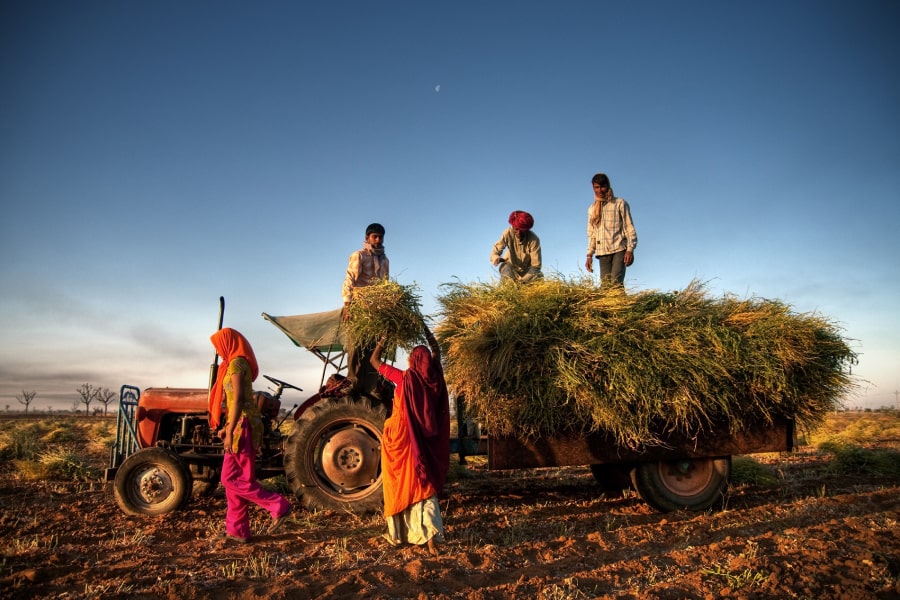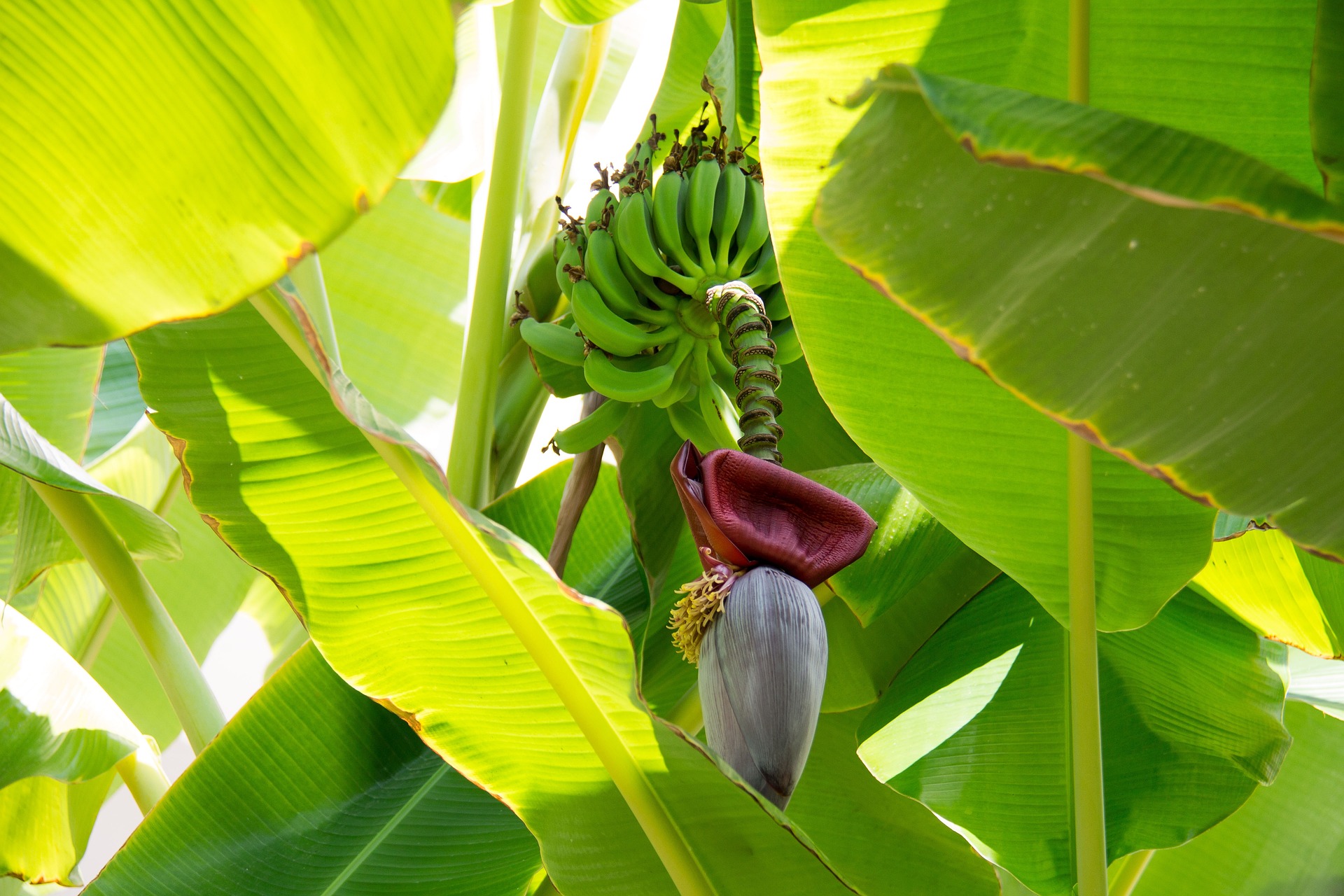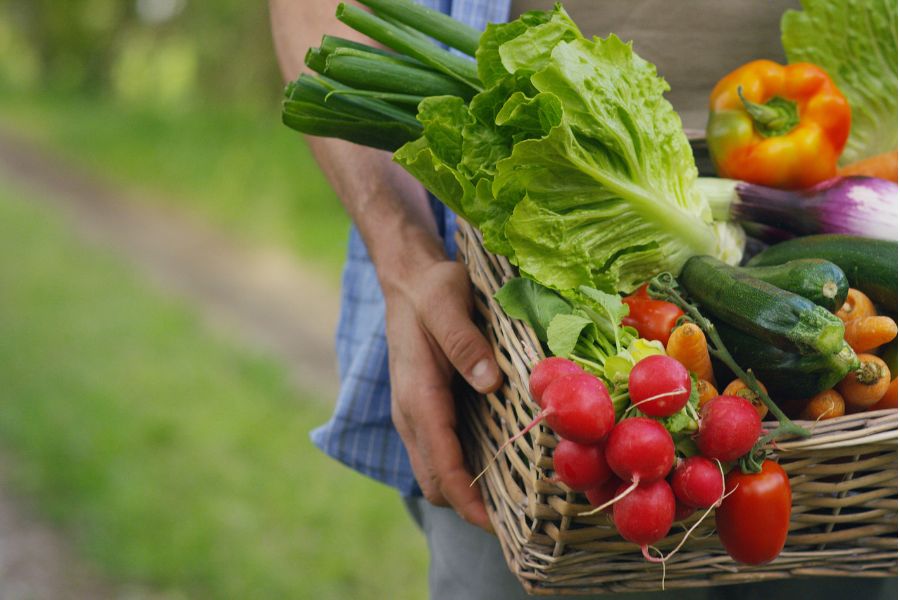Budget 2023-24: Sustaining the agricultural economy
The agriculture sector has witnessed a substantial increase in budget allocation from ₹ 27,662.67 crore in 2013-14 to ₹ 132,513 crore in 2022-23. With upcoming budget 2023-24, the agriculture industry expects number of incentives in key areas like production, manufacturing and farmer income.

Image Credit: Shutterstock
The agriculture sector is one of the prominent contributors to India’s GDP. The sector which is the largest employer of the workforce within the country, accounted for a sizeable 18.8% in Gross Value Addition (GVA) of the country with the growth of 3.9% in 2021-22.
As of the production, the major crops produced during 2021-22 are Foodgrains (315.72 MT), Rice (130.29 MT), Wheat (106.84 MT), Nutri/Coarse Cereals (50.90 MT), Maize (33.62 MT), Pulses (27.69 MT), Oilseeds (37.70 MT), Groundnut (10.11 MT).
The country witnessed impressive growth in exports of Agri and allied commodities which increased from US$ 41.86 billion in 2020-21 to US$ 50.24 billion in 2021-22, recording an upsurge of 19.99%. The major commodities which posted a significant YoY growth in the period April to December 2022 are Tea (12.43%), Rice (16.09%), Fruits & Vegetables (9.73%), Oil seeds (12.69%), cereal preparations and miscellaneous processed items (20.3%)
Initiatives to boost agriculture
Since agriculture is the backbone of the Indian economy, the budget allocation for the Ministry of Agriculture and Farmers’ Welfare is very substantial. There has been a substantial increase in budget allocation to the Ministry from ₹ 27,662.67 crore in 2013-14 to ₹ 132,513 crore in 2022-23.
To further boost the production in the agriculture sector and to address several issues faced by farmers and associated industries, the Indian government has undertaken various steps and initiatives over the last few years. The Ministry of Agriculture and Farmer welfare listed the initiatives and achievements for the year 2022, some of which are listed below:
- Fixing MSPs at one-and-a-half times the cost of production: The government increased the MSP for all mandated Kharif, Rabi and other commercial crops with a return of at least 50% over all India weighted average cost of production from 2018-19. MSP for Paddy (common) has been increased to ₹ 2,040 per quintal in December 2022 from ₹1,940 per quintal in January 2022.
- Income support to farmers through PM KISAN: Launched in 2019, the scheme offers income support to farmers providing ₹ 6,000 per year in three equal instalments. More than ₹ 2 lakh crore has been released so far to approximately 11.3 crore eligible farmers.
- Pradhan Mantri Fasal Bima Yojana (PMFBY): Launched in 2016, the scheme addresses problems of high premium rates for farmers and reduction in sum insured due to capping. Over 38 crore enrolled applicant farmers and over 12.24 crore farmer applicants have received claims worth ₹ 1,28,522 crore till December 2022.
- Promotion of Farmer Producer Organizations (FPOs): A new Central Sector Scheme for Formation and Promotion of new 10,000 FPOs was launched in 2020 with budget outlay of ₹ 6,865 crore till 2027-28. Up to 4016 FPOs were registered till December 2022.
- Development of KisanSuvidha mobile application: The application provides information to farmers on the critical parameters like weather, market prices, plant protection, soil health, cold storages and Go-downs etc.
Industry expectations from Union Budget 2023-24
As per a recent report by Deloitte India, the agriculture sector has the potential to generate more than US$ 800 billion in revenue for the country with an investment of over US$ 270 billion by 2031. However, the real challenge in this industry has always been the implementation of the allocated budget.
Anand Ramanathan, Partner at Deloitte India stated, “Agriculture has to perform by doing more with less. It is a lot of focus on the supply side but we also need to focus on looking at how to get the best price for the marketable surplus”.
According to the report, the government should introduce policies to support technology adoption for modernizing operations in this sector. Moreover, the government is expected to incentivize agri-tech start-ups to improve accessibility for small-holder farmers.
Unlike previous year, the economic outlook for 2023-24 is highly uncertain due to global issues like climate change, Russia-Ukraine war which could cause enormous surge in global prices of crude, edible oils and wheat. To avoid the consequences of these uncertainties, India is prioritizing and focussing on addressing various challenges faced by the sector.
Below, we list some of the probable announcements as well as key areas that are expected to be addressed in the Budget 2023-24 are listed below:
- Improving crop realisations as well as non-farm incomes along with increased budgetary allocation towards Mahatma Gandhi National Rural Employment Guarantee Act (MGNREGA) in the Budget will help support farmers, according to ICRA.
- Agri input makers are looking forward to tax exemption on their R&D expenses and a cut in GST and basic customs duty for agrochemicals.
- Improving non-farm incomes such as livestock farming, food processing etc.
- Continued budgetary allocations towards development of irrigation facilities, crop insurance scheme, and
higher agri-credit. - Overall subsidy requirements for the fertilizer sector is expected to increase to around ₹ 2.5 lakh crore in FY2023 from ₹ 1.6 lakh crore in FY2022.
Conclusion
The agriculture sector is expecting a major boost in the upcoming Budget 2023-24. Expectations from industry include schemes and policies related to technology upgradation, warehousing, food processing and farmer welfare. The government is also expected to focus on initiatives to improve crop realizations as well as non-farm incomes including livestock farming, horticulture etc. Additionally, monitoring soil and investments in mobile soil testing labs could be a focus in the upcoming budget, along with continued budgetary allocations towards irrigation facilities, crop insurance scheme, and higher agri-credit.













informative article